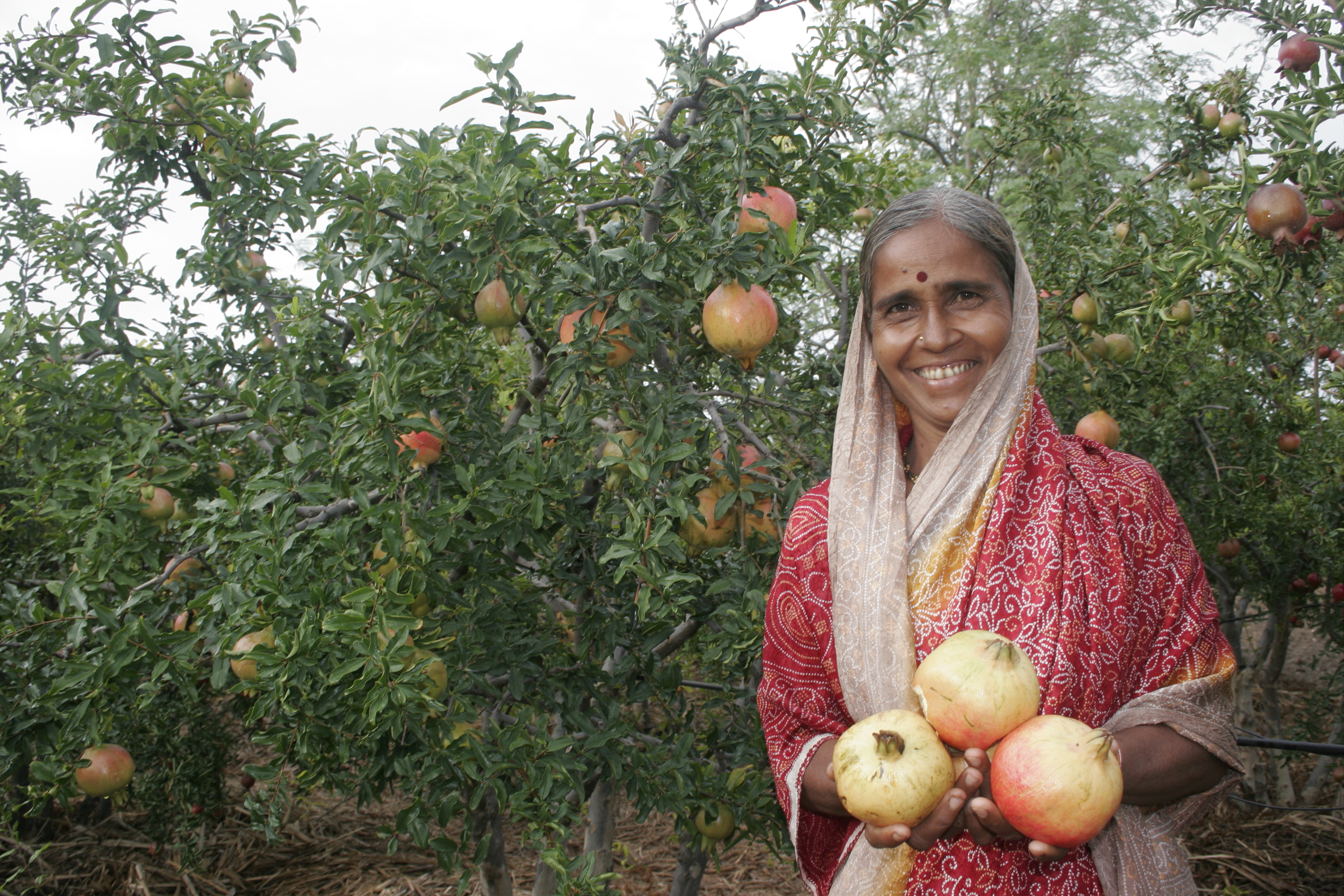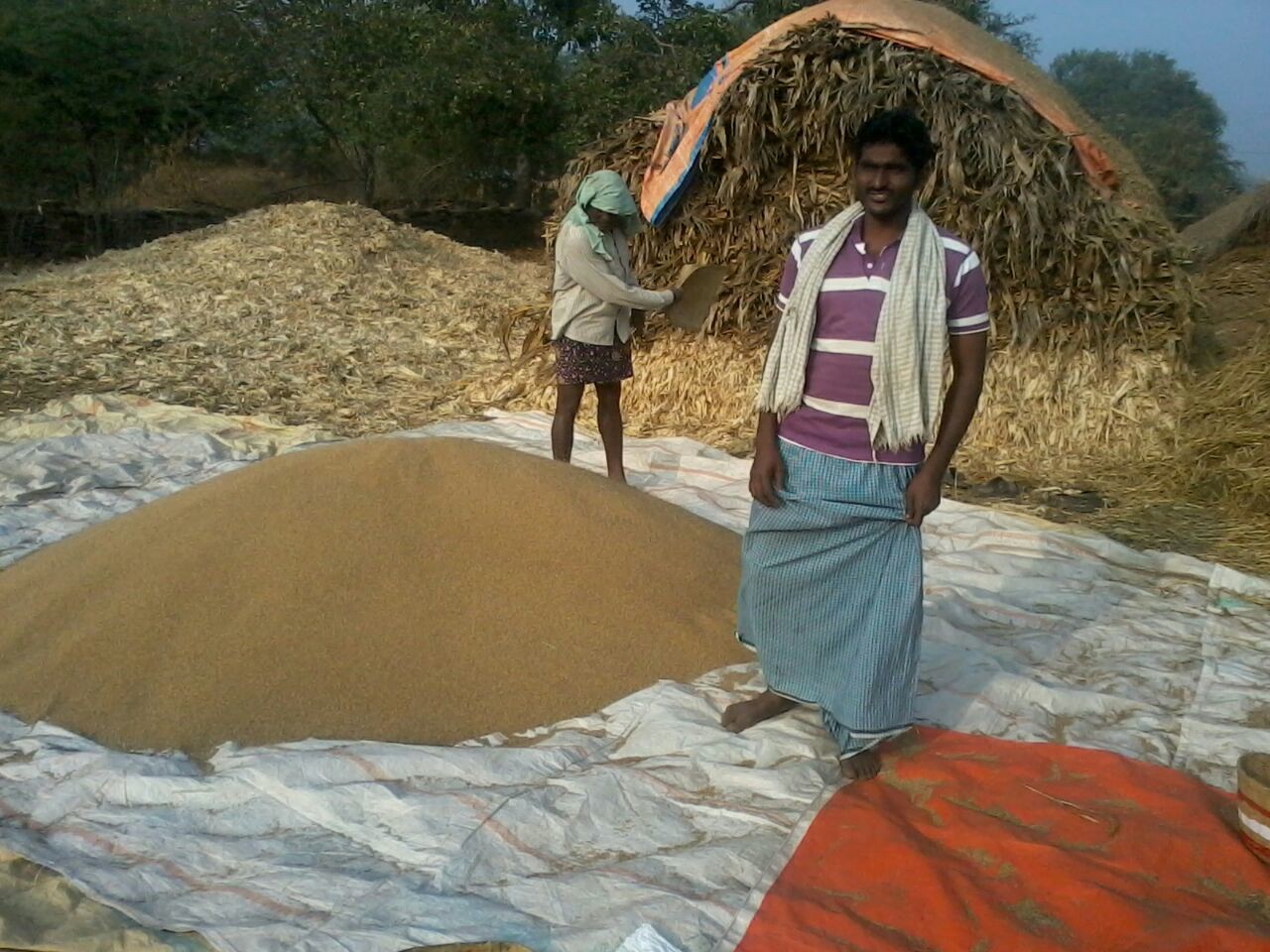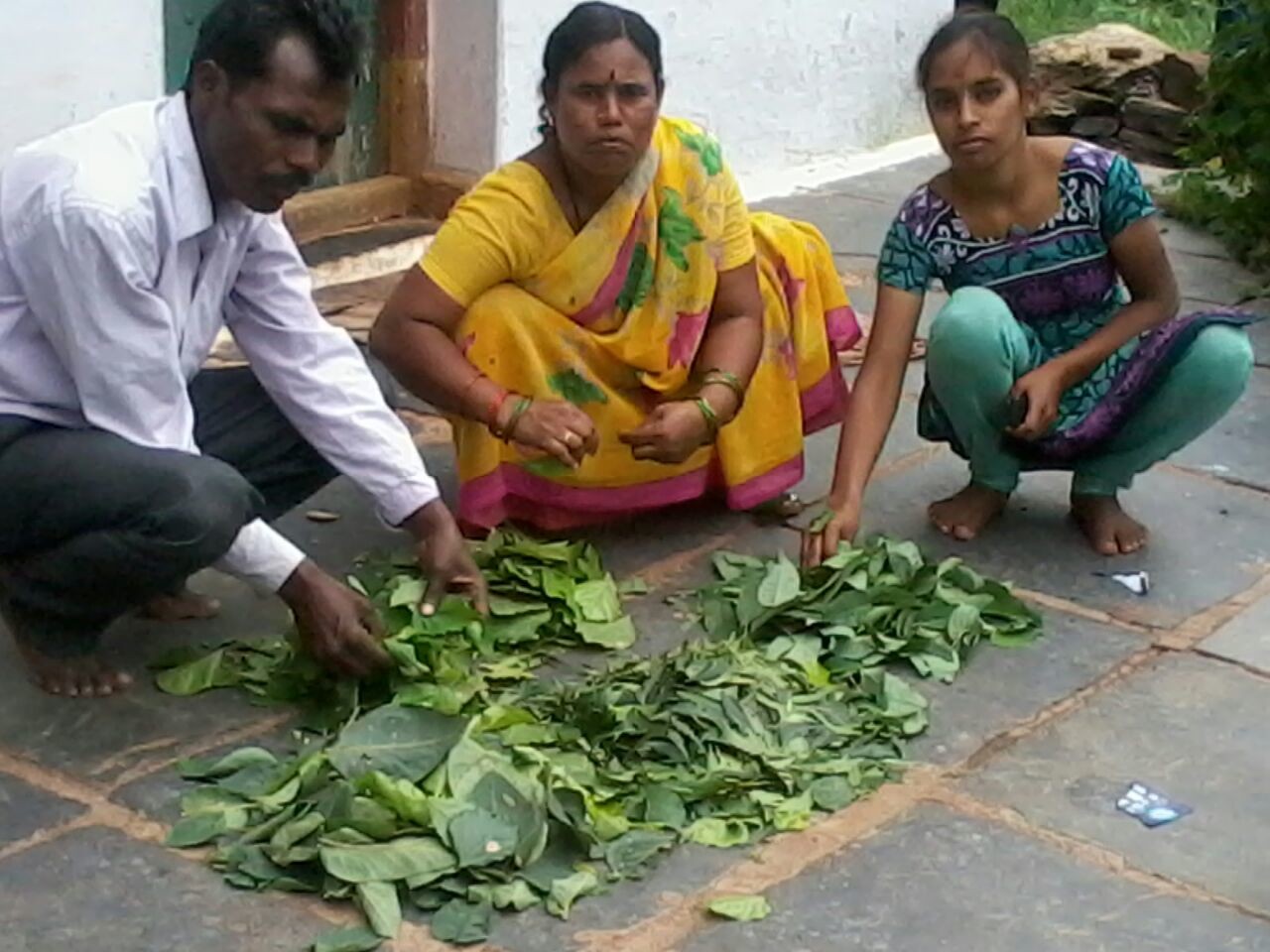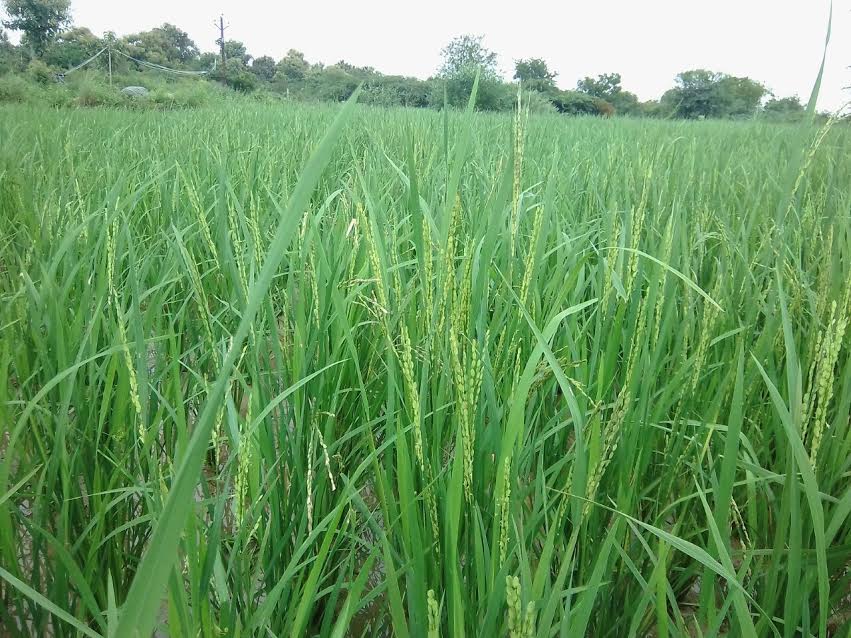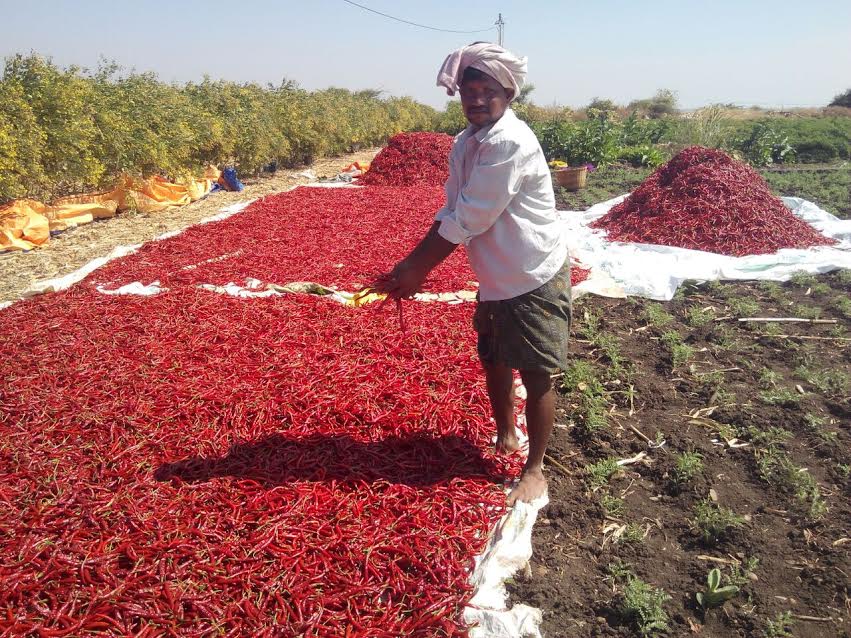Small farmers making big profits in drought-hit Kurnool
In 2016, more than 8,000 farmers in India killed themselves. Debt, crop failure, illnesses and social pressures plague the farmers of our country. With the Green Revolution in the 60s, we may have managed to achieve food security in the country, an absolute necessity then, but the same chemical fertilisers and pesticides and hybrid seeds, a.k.a, the High Yield Variety have poisoned our waters, depleted the soil of essential nutrients and adversely impacted the eco-system. These days our farmers take loan after loan to buy fertilisers and seeds for their farm, the government spends crores subsidising these chemicals, but when the rains fail, the farmer loses his crop and he has no way to repay the banks and the money lenders. We all know the result of this vicious cycle. The farmer, our ‘annadaata,’ struggles to make ends meet, let alone repay his loans. He gives up on farming and on his life too sometimes, or migrates to the city to do odd jobs for daily wages. In 2016, Mahaboob Basha, a farmer from a small village called Lakshmapuram in Andhra Pradesh created news when he produced 8,000 kg of green chillies in 15 days in a mere 1.5 acres of farmland. The Chief Minister, Chandra Babu Naidu, even felicitated him with the “Best Farmer” award for 2016. During the same year, his district was hit by a severe drought and all the farmers in Lakshmapuram received drought compensation while Basha made profits.
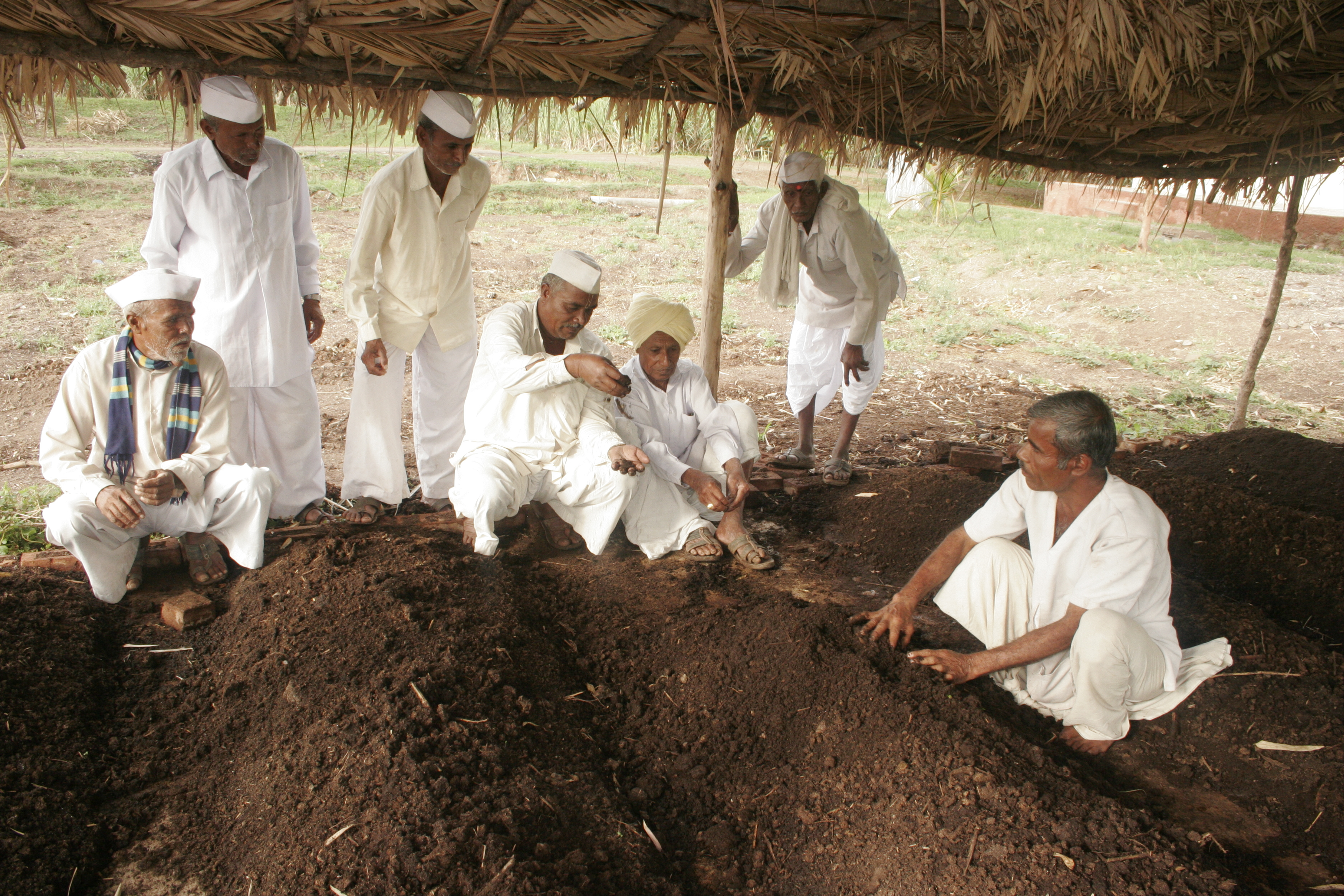
Sanjeev Reddy, from the same drought-hit district, took a loan of 2 lakhs as an investment for 26 acres of his farmland. He managed to repay the loan in exactly 60 days. Sheikh Shah Ali, also a marginal farmer from Kurnool, made 14 lakhs in 10 months just by growing red chillies. His crop earned him 15,000 INR per quintal, while the rest of his peers were making only 9,000 INR. Basha and five hundred other farmers from Mittur and Orvakal in Kurnool District are reaping the benefits of a new movement gaining momentum across the country. They owe all their bountiful produce and profits to Sri Sri Natural Farming. In Kurnool over 1,550 farmers have been trained in traditional methods of cultivation by Sri Sri Institute of Agriculture Sciences and Technology (SSIAST) and 500 of them have made the shift from chemical cultivation.
Uyyalawada, another village in the same district saw a remarkable 2 ½ times increase in the normal yield of crops such as cotton, sunflower, black, green and red gram, even when there was no rain for 42 days at a stretch. The crops of most of the other farmers had withered away. We’re talking of a village with no wells and no irrigation system. There is groundwater at a depth of 1000 ft, and there are around 5 borewells in the entire village. Sri Sri Natural Farmers’ incomes have tripled despite adverse climatic conditions.
Natural farming methods weave farming into pre-existing symbiotic relationships in nature. For example, pulses and cereals can be grown together on the same land, because bacteria on the roots of the pulses fix atmospheric nitrogen in the soil, a very essential nutrient for the cereal. Concoctions like the Jeevamrut made from the indigenous cow’s dung and urine contain microbes that help break down nutrients present in the soil for easy consumption by the crop, in return for a longer lifespan for the microbes. The SSIAST project, ‘Sri Sri Natural Farming’ borrows from the wisdom of the Vedas and our ancient Rishis, methods coming from a deep understanding of how nature enables life through mutually beneficial relationships.
On being asked what it is that makes the project tick, Prabhakar Rao a Trustee of SSIAST says, “It is our commitment to help the farmer throughout the crop cycle. We give them personalised inputs based on the region and the season. We are able to do this because we have created a social ecosystem for the farmer. We don’t just take up agriculture projects. The Art of Living has engaged with the community on many levels through Youth Leadership Training Programs (YLTP) and meditation workshops for the community. YLTPs have created large groups of yuvacharyas (volunteers) who work towards social projects that are locally relevant. Be it river rejuvenation and water conservation, bringing electricity through solar power, Swach Bharat or de-addiction drives.” Yuvacharyas focus on specific tasks like making Jeevamrut or bio-pesticides like the Neemastra, Brahmastra, etc., enabling the farmer to sustain natural farming. We have created natural farming trainers from within the community itself. Villagers are also gathered once a week to meditate or have a Satsang and sing bhajans. It is this community support that has made it easier for the farmer to adapt.”
Sanjeev Reddy from Uyyalawada, is very grateful for the continuous mentorship he received. “Although I have previously attended Natural Farming workshops, it was the mentorship provided by SSIAST that gave me the confidence to switch to Natural Farming. Most people are scared to try something new, despite continuous losses. But I had my family’s support and decided to take a risk. My input cost went down by 4 lakhs. With chemical farming, I would’ve gotten 8 quintals of cotton, but this time, with Natural Farming methods, I got 32 quintals. Jeevamrut kept my crop alive even when there was no rain for 42 days. I’m going to tell as many people as I can,” he says, with conviction.
Those who have been trained under Sri Sri Natural Farming are all small and marginal farmers, who own less than 5 acres of land. Typically they spend upto 10,000 per acre on seeds, fertilisers and pesticides. But with the help of the great Indian cow, their costs have come down to about 1,000 per acre. They need about one-fifths of the water they previously needed for cultivation. In spite of drought-like situations, when crops of every other farmer in the region have failed, these farmers stand as a beacon of hope, getting a healthy, disease-free, chemical residue-free crop, making profits when the rest of the farmers get drought-compensation from the government. Initially having received permission to take up a pilot project only for 3 months, Sri Sri Natural Farming is now being extended for five years by the Government of Andhra Pradesh. With 500 farmers and 1,800 acres of land under cultivation currently, the mentorship model has been wildly successful. All of this has been achieved in one year. They’re being invited to train farmers in other states, and recently kicked off a training program for 200 farmers in Chikmagalur in Karnataka.
Highlights
- 7200 farmers trained, 500 of whom have taken up natural farming in Kurnool
- 1,800 acres have been brought under organic cultivation
- Apart from training, a mentor to guide them over a long period of time is also provided
- Small and marginal farmers owning between 1-5 acres of land
- Natural farming leads to reduced input cost.More land can be cultivated with lesser water, it rejuvenates land and yield is increased.One Indian cow can be used to cultivate 15-20 acres of farmland, biodiversity is maintained, environment is protected and crores of rupees spent as subsidy on fertilisers is saved
- Program started off as pilot for three months, extended for a year and now has been extended for 5 years
- With chemicals, input cost is high – 10,000 per acre whereas in natural farming, the cost is less than 1,000 rupees. Although the yield does not increase, the produce fetches a higher price.

